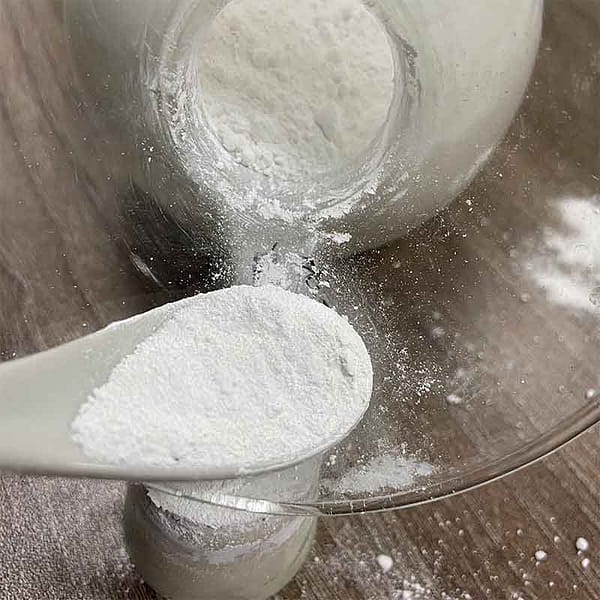Titanium dioxide (also called TiO2, white titanium, or Pigment White 6 – PW6)) is an awe-inspiring ingredient in a myriad of industries. It’s particularly prevalent in rubber, paints, plastics, and paper. This versatile compound, well-known for its brilliant white color is a key element in transforming raw materials into vibrant, finished products. We will examine the fascinating properties and uses of titanium oxide as well as the production process, to see how it impacts diverse industries.

The Canvas of Titanium Dioxide: A palette of Possibilities
Titanium dioxide plays an important function in the making of numerous everyday items. It improves the function and appearance of these products. It is also known as Pigment White 6, it is an essential component in the making of paints. It provides an amazing and opaque white color that enhances the vibrancy and coverage of artistic and industrial applications alike.
Titan dioxide is a component used in the industry of plastics to give the color of the product and also acts as a UV stabiliser shielding against harmful ultraviolet radiation. Its dual functions make titanium dioxide an essential component of many plastic products. These include durable outdoor goods to packaging materials.
The Manufacturing Alchemy – Titanium Dioxide Production Processes
The process of producing titanium dioxide is a complex process that require a lot of expertise, with two methods leading the way using sulfuric acid as well as the chlorination process. Each method has its own applications and intricate details which add to the versatility that titanium dioxide can be utilized across various industries.
The Sulfuric Acid Method: This procedure involves the reaction of titanium-bearing ores with sulfuric acid that results in the creation of a solution of titanium sulfate. This solution is then hydrolyzed to produce hydrated titanium dioxide. After calcination the final product is a fine white powder that can be utilized in a variety of industries, such as paint and paper.
The Chlorination Process: In contrast, the chlorine process uses chlorine gas to react with titanium-bearing ore to create titanium Tetrachloride. The titanium tetrachloride goes through a series of chemical changes to create pure titanium dioxide. This method is widely used in the manufacture and use of titanium dioxide by rubber, plastics, and various other industries.
The Art and Science of Titanium Dioxide Applications
Titanium dioxide is a leading ingredient in many paints. Its ability to produce a brilliant white color along with outstanding coverage and long-lasting longevity makes it an ideal choice for homeowners, artist as well as industrial applications. Its brilliance is not just visual, but functional too. It improves the durability of paint-coated surfaces.
Shape Plastics with Radiance. In plastics, titanium dioxide has a double purpose. Apart from its role as a white pigment, titanium dioxide also functions as a UV stabilizer, providing essential protection from the degradation impact of sunlight. It is often used in outdoor plastic products to protect their quality and appearance.
In the paper business, titanium dioxide plays a role in enhancing the transparency and whiteness of paper products. The addition of titanium dioxide increases the brightness of the paper, which makes printed content more vivid and more readable. Titanium dioxide is employed in the manufacture of papers for more than aesthetic reasons. It is also an essential element in enhancing overall quality.
Rubber Resilience, UV Resistance The rubber industry is able to benefit from titanium dioxide’s UV resistance. Titanium dioxide is utilized in products made of rubber that are exposed to the sun, and this ensures the durability and performance of products made from rubber.
Titanium Dioxide: Beyond Pigment and its Invisible Impact
Although titanium dioxide’s influence is visible as a colorant, it’s much more than it. Due to its capability to increase the durability, resistance, and longevity in the various industries The compound is not visible but a vital component of quality and performance.
This is why titanium dioxide develops into a compound of immense significance that integrates itself into multiple industries. It is known as Pigment White 6 and it creates a brilliant shine on canvasses both artistic and industrial. Its production is the result of two processes such as chlorineation and sulfuric acids. This creates a broad range of applications. The harmonious combination of science and art manufacturing is apparent in the way that titanium dioxide enhances the brightness of paper, improves paints’ appearance, and protects plastics from ultraviolet radiation, or shields rubber. The brilliance it emits shines through our everyday lives, creating a spectrum of products with an enduring impact and radiant radiance.